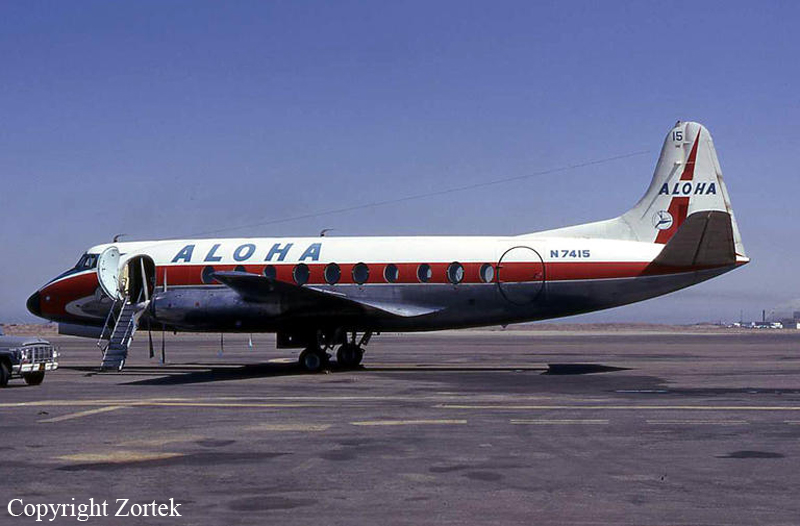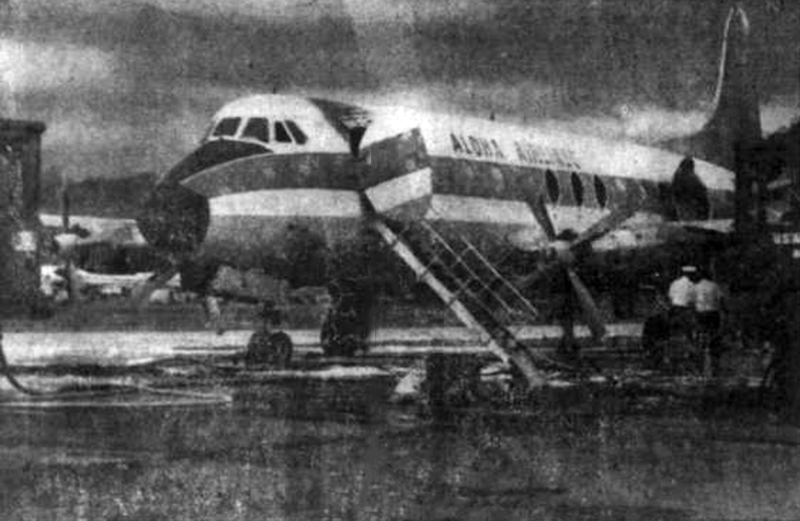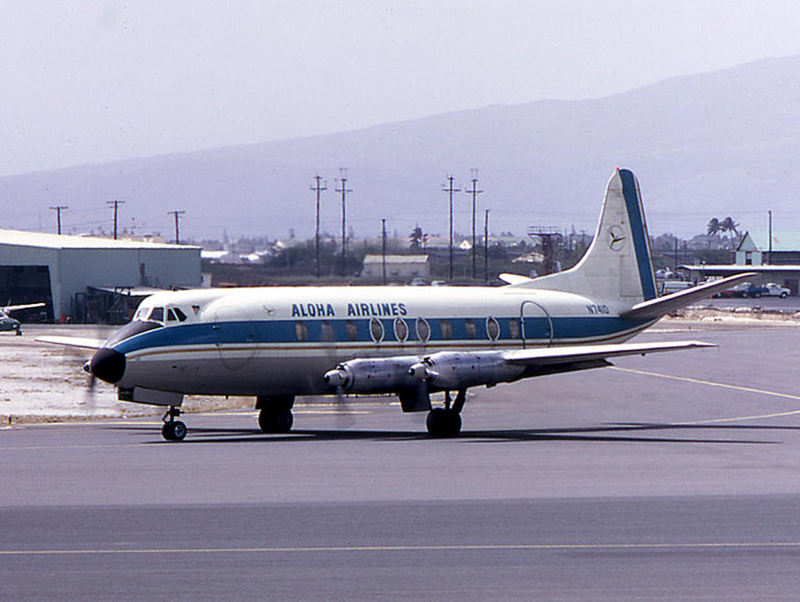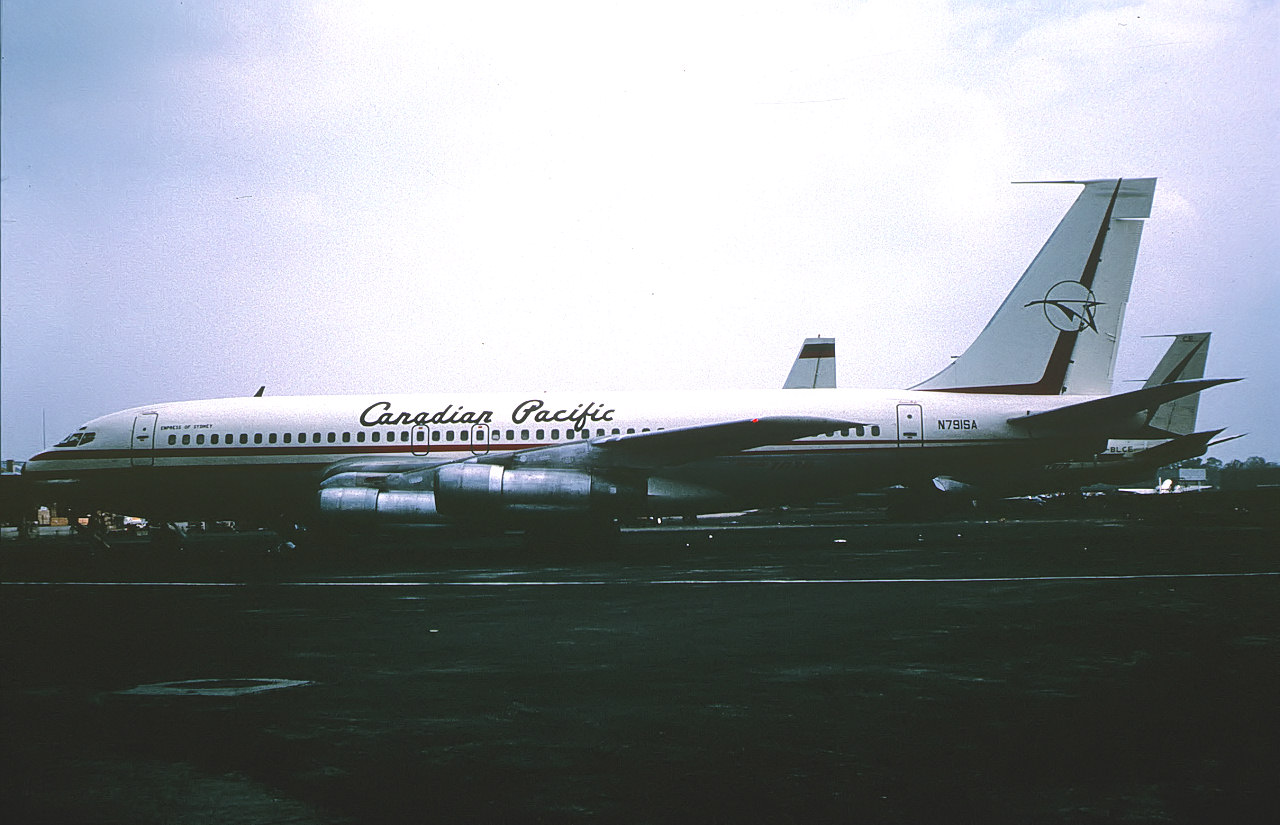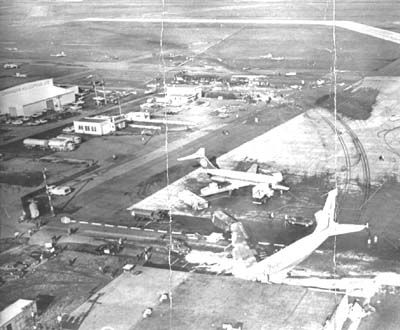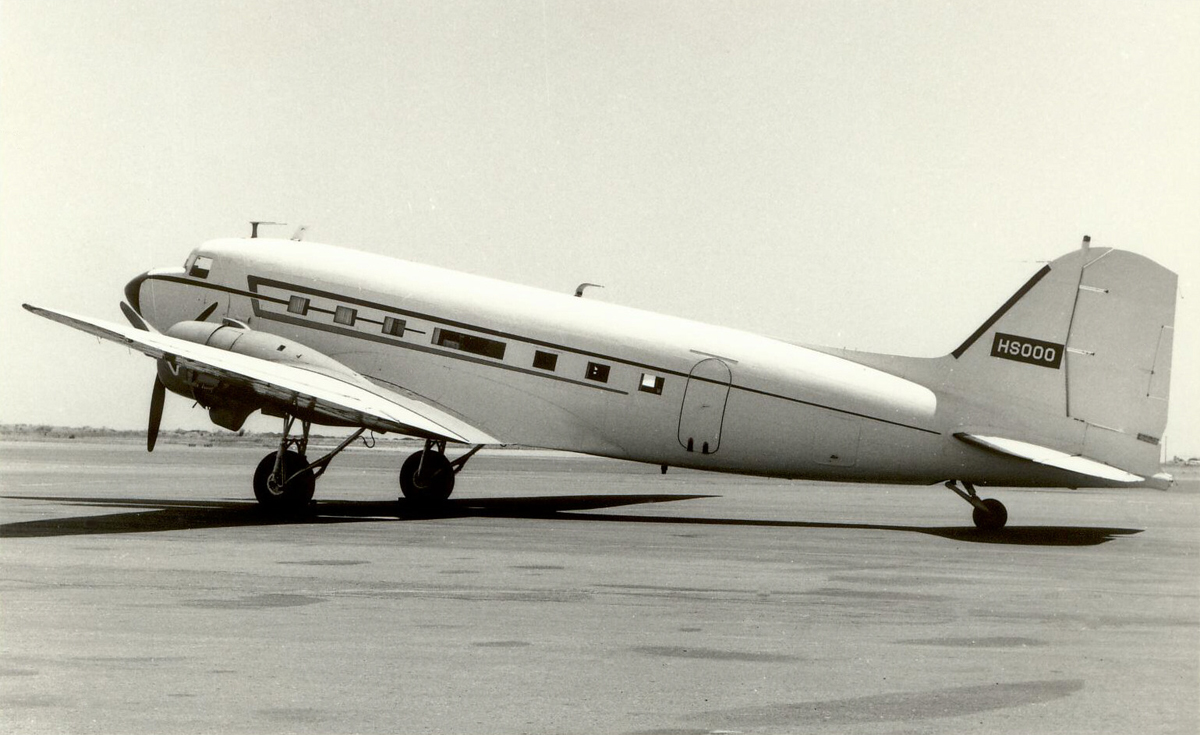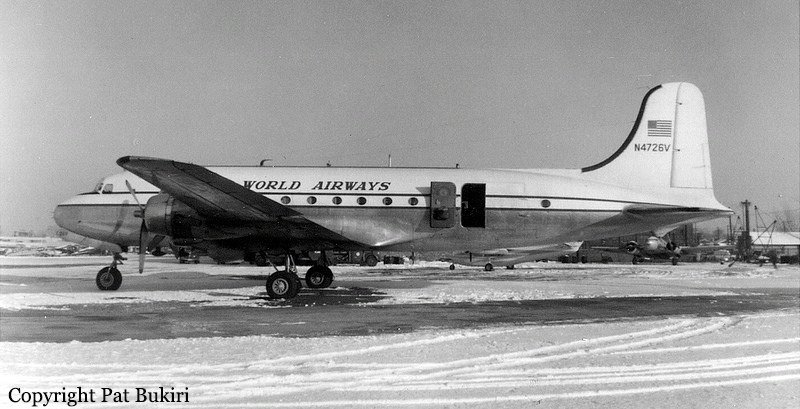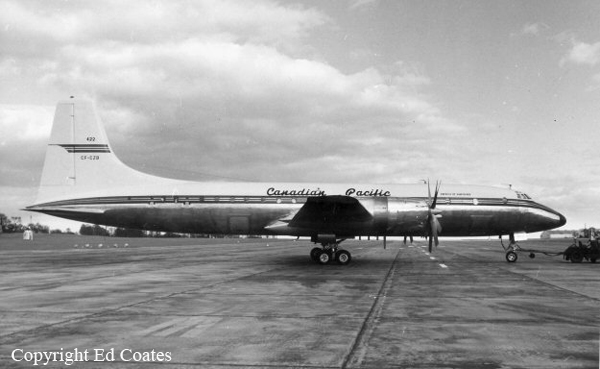Crash of a Vickers 745D Viscount in Honolulu
Date & Time:
Aug 8, 1971 at 1724 LT
Registration:
N7415
Survivors:
Yes
Schedule:
Hilo - Honolulu
MSN:
113
YOM:
1956
Flight number:
AQ845
Crew on board:
3
Crew fatalities:
Pax on board:
22
Pax fatalities:
Other fatalities:
Total fatalities:
0
Captain / Total hours on type:
3081.00
Copilot / Total hours on type:
1263
Aircraft flight hours:
31354
Circumstances:
After landing at Honolulu, the crew completed the braking procedure and vacated the runway to the parking when the cabin crew informed the pilot about smoke in the cabin. The airplane was immediately stopped and all 22 occupants were able to evacuate. There were no injuries but the aircraft was seriously damaged by fire and considered as written off.
Probable cause:
An undetected electrical short within the left nickel-cadmium aircraft battery, which resulted in the absorption or an increasing amount of heat energy over an unknown period of time and progressed to a state of thermal runaway.
Final Report:
